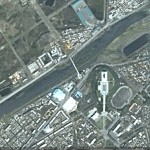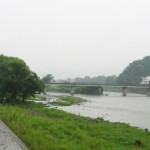The Nautilus Institute has published a new paper by Alexandre Mansurov on the DPRK’s communication and technology sectors. The press release and a link to the paper are below:
PRESS RELEASE
The DPRK mobile communications industry has crossed the Rubicon, and the North Korean government can no longer roll it back without paying a severe political price. The most the authorities can do now is probably to manage its rapid expansion in such a way that will ensure that the interests of the political regime and state security are taken care of first.
While traditionally, the State Security Department monitored most communications on a daily basis, the implication of this explosion of mobile phone use is that communication in North Korea has transitioned from a panopticon of total control to a voluntary compliance system where the government makes an example of a select group to try and force the rest of the country to stay in line.
Alexandre Y. Mansourov, a Nautilus Institute Senior Associate, comprehensively examines information technology in North Korea. As of 2008 the regime launched a world-class 3G mobile communications service, which gained almost 700,000 users in less than three years of operation, revealing an insatiable demand for more robust and extensive telecommunications services among the North Korean general population.
About the Nautilus Institute: Since its founding in 1992, the Nautilus Institute (www.nautilus.org) has evolved into a thriving public policy think-tank and community resource. The Institute addresses a myriad of critical security and sustainability issues including the United States nuclear policy in Korea and energy, resource and environmental insecurity in Northeast Asia. Over the years, Nautilus has built a reputation for innovative research and analysis of critical global problems and translating ideas into practical solutions, often with high impact.
For more information, contact the Nautilus Institute at [email protected] or at 415 422 5523.


